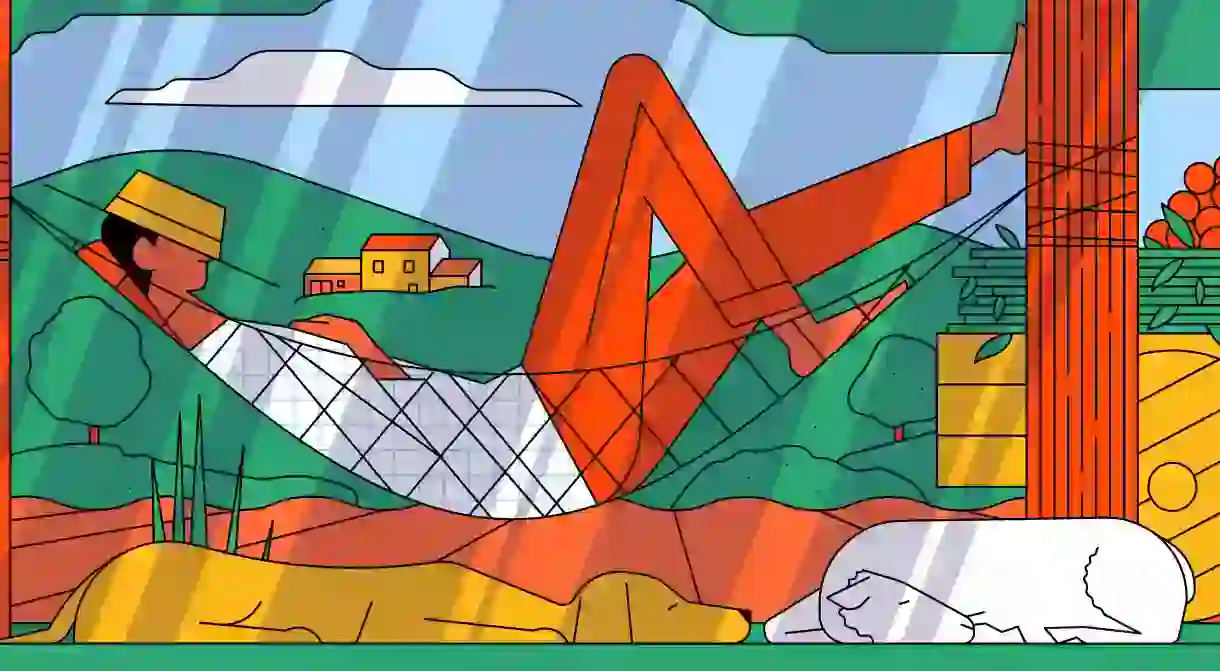A Brief History of the Spanish Siesta

One stereotype closely associated with Spain is the tradition of the siesta – a post-lunch afternoon nap that is relaxing and rejuvenating. But where did the siesta come from and do Spaniards still enjoy one these days?
History
The siesta, an afternoon nap usually taken after lunch, lasts around 20 to 30 minutes. The nap was historically taken during the hottest hours of the day by people who worked in farming – until the mid-20th century many Spaniards worked in agricultural work where the siesta was common. Taking a post-lunch break was vital to avoiding the scorching midday sun.
The word “siesta” comes from the Latin hora sexta or “sixth hour” – when counted from sunrise, this roughly translates to a rest in the middle of the day.
However, with the urbanization of Spain, the siesta became less and less a part of people’s daily routine. As people moved to the cities to find work, there was simply no time to come home from the office for a quick snooze.
While the stereotype of the siesta persists, most Spaniards rarely, if ever, get to enjoy one, and 60% of Spaniards never have a siesta. These days, weekends are usually the only time when they might indulge in a quick post-lunch nap.

Today
New ways of enjoying a quick siesta are being pioneered in Spain, such as siesta café Siesta & Go, Spain’s first nap café, which opened in Madrid in 2017. The café, in Madrid’s business district, hopes to attract busy city workers eager for a quick 40 winks but who can’t afford to waste time going all the way home for a rest. Its slogan is, “Your place of rest, far from home.”
While much of Spain has all but dropped the siesta, there are some places that are proudly preserving the tradition. Residents of Ador, near Valencia, have a right to an afternoon nap – as stated in local laws – between 2pm and 5pm, when shops close and street noise must be kept to a minimum.













